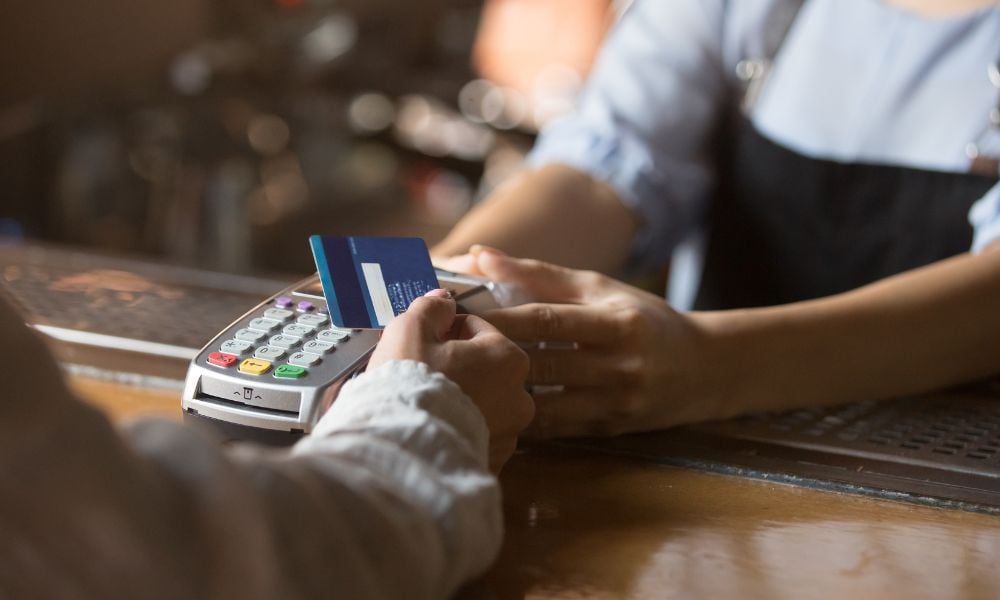Credit limits climb faster on monoline cards than banks, but repayment ratios continue to slip

Delinquencies on Canadian monoline credit cards remain more than double those on bank-issued cards, even as lenders raise credit limits, reported FICO in its Q2 2025 Canada Bankcard Industry Benchmarking Trends report.
According to FICO, delinquency rates for monoline cards — often used by younger borrowers or those with thin credit files — stabilized between 6.1 and 6.3 percent after hitting a five-year high of 6.8 percent in January 2025.
In contrast, bank cards held just under 3 percent during the same period.
The report also found repayment strength slipping.
Bank cardholders’ payment-to-balance ratios dropped to roughly 52 percent, down from 55 percent in mid-2023, while monoline borrowers remained around 31 percent.
FICO noted that overall stability in the market continues to mask concentrated stress among vulnerable groups.
At the same time, credit access expanded. Average new account limits rose 20 percent for monoline products since mid-2023, compared with a 12 percent increase for bank-issued cards.
FICO said the faster growth in monoline limits reflects “competitive pressure in the subprime market” or efforts to provide “additional capacity” to struggling borrowers, with lenders applying risk-based pricing that starts customers at smaller limits but raises them faster.
Amir Sikander, director of advisory at FICO, said higher limits can signal “a revenue opportunity” in a competitive environment.
He explained that lenders face high customer acquisition costs and may use debt consolidation programs, targeted limit increases, or relief options to retain existing clients.
Despite expanded limits, utilization remained stable, at 28 to 29 percent for bank cards and 38 to 39 percent for monolines.
Sikander said this suggests either disciplined credit use or that borrowers rely on higher limits as a safety net.
But younger and thin-file borrowers typically carry higher balances relative to their limits, make smaller payments, and become delinquent sooner.
Sikander added that monoline lenders frequently increase limits after three to six months of positive payment history to prevent customers from switching providers.
However, unexpected financial shocks, such as job loss, can still lead to defaults.
He said lenders monitor unemployment, repayment rates, and delinquency volatility closely, which could cause them to slow or reverse credit expansion if risks rise.
Higher limits can also magnify borrowing costs. Sikander outlined repayment scenarios on a $10,000 balance at 20 percent annual interest.
Paying down 55 percent of the balance within a year would cost about $600 in interest, while reducing payments to 47 percent raises that figure to around $800.
Paying only the minimum could push yearly costs close to $2,000.
“That creates a debt trap that’s really impossible to escape from,” he said, urging borrowers to consider consolidation or lower-interest loans before balances grow.


